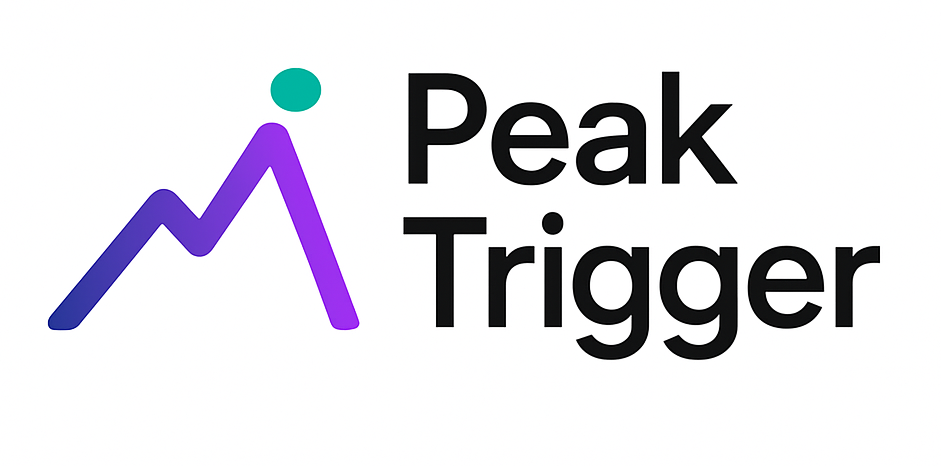Send Time Optimization FAQs
Frequently asked questions about the Send Time Optimization feature in Peak Trigger.
What is the tool and how does it help with email marketing?
It uses AI to analyze each contact’s behavior and sends emails at their most likely time to engage—boosting open and click rates without changing your existing HubSpot workflow.
How does it determine the best send time?
It analyzes historical open and click times for each contact and predicts future behavior, selecting the hour they’re most likely to engage.
How do I set it up with HubSpot?
Connect the tool via the HubSpot App Marketplace or API, then insert its action step in your workflows or use it to schedule campaigns within defined delivery windows.
What data does it use?
Only historical engagement data—email send, open, and click timestamps—no content or sensitive personal data.
Do I still use HubSpot to send emails?
Yes, you continue using HubSpot for building and sending. This tool handles timing; HubSpot manages delivery and tracking. You will need to use workflows to send your emails, though, so Peak Trigger can delay the sending.
What if a contact has no engagement history?
It will either delay based on random periods to help work out optimal times, or use aggregate behavior from your overall audience or similar contacts until it gathers enough individual data.
Can it help with inactive subscribers?
Yes, it identifies inactive users and adjusts frequency or timing to re-engage them without overwhelming their inbox.
Can I control the time window for sending?
Yes, you define the delivery window (e.g., 1 days to 7 days), and the tool picks the best time within that range. It respects any limits set in HubSpot.
For example, if you run an emailing workflow at 4pm in the afternoon with a “1 day” window, a contact with a best send time of 1pm will be sent the following day.
Does it handle time zones?
Yes, send times are based on each contact’s local timezone. Peak Trigger works in standard UTC (Coordinated Universal Time) to analyse the difference between when HubSpot sends an email and the recorded open events.
What campaigns is it useful for?
Works with one-off email blasts and automated sequences. Add as a step in workflows or use it to stagger sends on scheduled campaigns.
Does it improve deliverability?
Higher engagement leads to better inbox placement and sender reputation. It also reduces volume spikes by spreading sends over time.
What results can I expect?
Typical benefits include increase open rates and therefore higher click rates. Peak Trigger gives you an automated way to handle send time optimization so you can focus on the content of your campaigns.
How quickly will I see results?
Depending on the volume of historical send data in HubSpot, you can see results immediately.
How is it better than A/B testing send times?
It personalizes timing per contact, eliminating the need for manual testing or guessing. No one-size-fits-all.
Will it work with other platforms?
Currently supports HubSpot only, but future integrations are planned.
Doesn’t HubSpot do this already?
HubSpot is great at segmenting and you can choose to delay send until “9AM” in the contacts timezone. However, a one-size-fits-all approach is not optimal and could be getting your emails buried.
